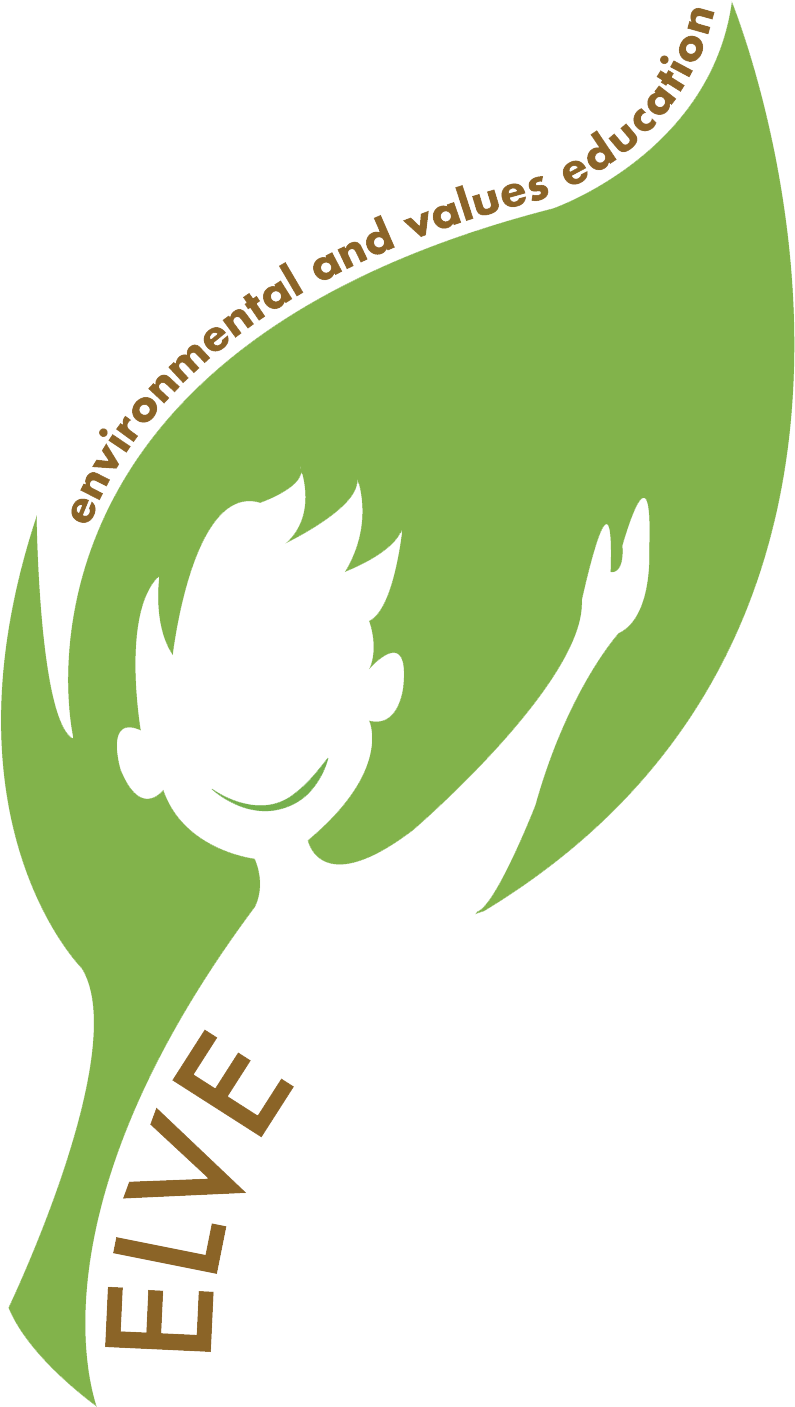Recycled Paper Craft
Age6-9
ValueEnvironmental
LocationSchool
Recommended group size1-5
Recommended time / Minutes60-90
| Topic | Recycling |
| Overview | The objective of the activity is to raise awareness about the importance of recycling and to introduce children to the recycling processes. |
| Learning objectives | • The importance of recycling • Recyclable items • Recycling process |
| Skills developed | • Awareness about the importance of sorting and recycling waste • Creativity • Responsibility |
| Method | After learning about the importance of reducing and recycling waste, the children will create and decorate their own recycled paper. |
| Materials | Scrap paper cut in small pieces; newspaper; mason jar or PET bottle; bowl; tablespoon; 2 pieces of fabric big enough to cover the tray (an old t-shirt is ideal); sponge; warm water; scissors; baking tray; rolling pin; markers; glitter and flower petals (optional) |
| Guidelines | 1. A week before the activity takes place, the facilitator brings a cardboard box in class and asks the children to collect scrap paper (newspapers, letters, old notes, photocopies, etc.) and fill it in. The day of the activity, the facilitator starts a discussion in class:Where does waste go? Why recycling is important? How can we reduce waste? Which materials can be recycled and how? Where does paper come from?The facilitator can start the activity by showing this video in class (Reduce, reuse, recycle, to enjoy a better life educational video: https://www.youtube.com/watch?v=OasbYWF4_S8) and use the supporting resources* to enrich the discussion.2. IMPORTANT NOTICE: The paper will need approximately 3-4 hours to dry. Each child’s mason jar or PET bottle is filled with warm water (the facilitator helps smaller children) and scrap paper (50:50). The children shake the bottles vigorously until a pulp is formed.3. The paper pulp is poured into the bowl. At this stage flower petals and glitter can be added to the mixture (optional). The children mix the pulp with the spoon.4. One piece of fabric is put in the baking tray and the paper mixture is gently poured on top of it. Using the spoon, the children make sure the whole surface of the tray is covered by the pulp. The facilitator helps younger children.5. The mixture is covered by the second piece of fabric. The children pat it with the sponge to take off any extra moisture.6. The mixture sits for at least 10 minutes. After that, the children use newspaper sheets to cover their desks and gently take the paper off the tray without removing the fabric. The facilitator might need to help out younger pupils.7. They flatten it out from both sides using the rolling pin.8. The fabric is gently removed and the recycled paper is revealed.9. The paper will need at least 3 hours to dry out completely.10. After it dries out, the children can draw or write on it using their markers.*See supporting resources in Additional Materials section. |
| TipsAdditional materialsHow to apply online?What to do at home? | If in School, the facilitator can perform the activity during the first and last periods, so that the mixture has time to dry. Putting the mixture under direct sunlight is not recommended. If you opt for a smoother texture, a heavy object or weighty book can be put on top of the tray while the paper is drying. In several online video tutorials photographic pigment is added to the mixture.Additional material:Proposed video tutorial:https://www.youtube.com/watch?v=u-dgZ9HoihUReduce, reuse, recycle song (can be played during the paper-making):https://www.youtube.com/watch?v=AOvcW8l3RzEInformational resources by Recycle Now for the facilitator (Introduction to recycling KS1 & KS2):https://schools.recyclenow.com/resources/How to apply it online?If the activity takes place online, the facilitator can give the children the material list and request the presence of an adult to help out the younger pupils.What to do at home?At home, the activity can be performed in exactly the same way. |
| Author | M. V. Kokota (CSI) |
| Download | Download |
